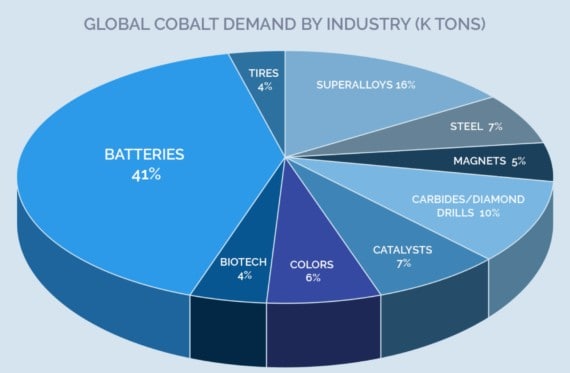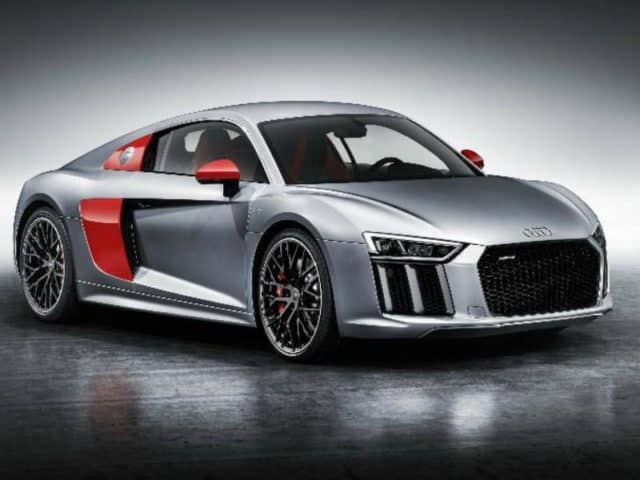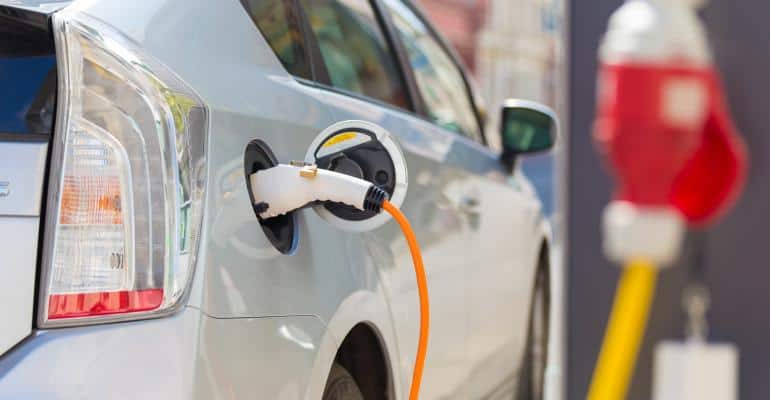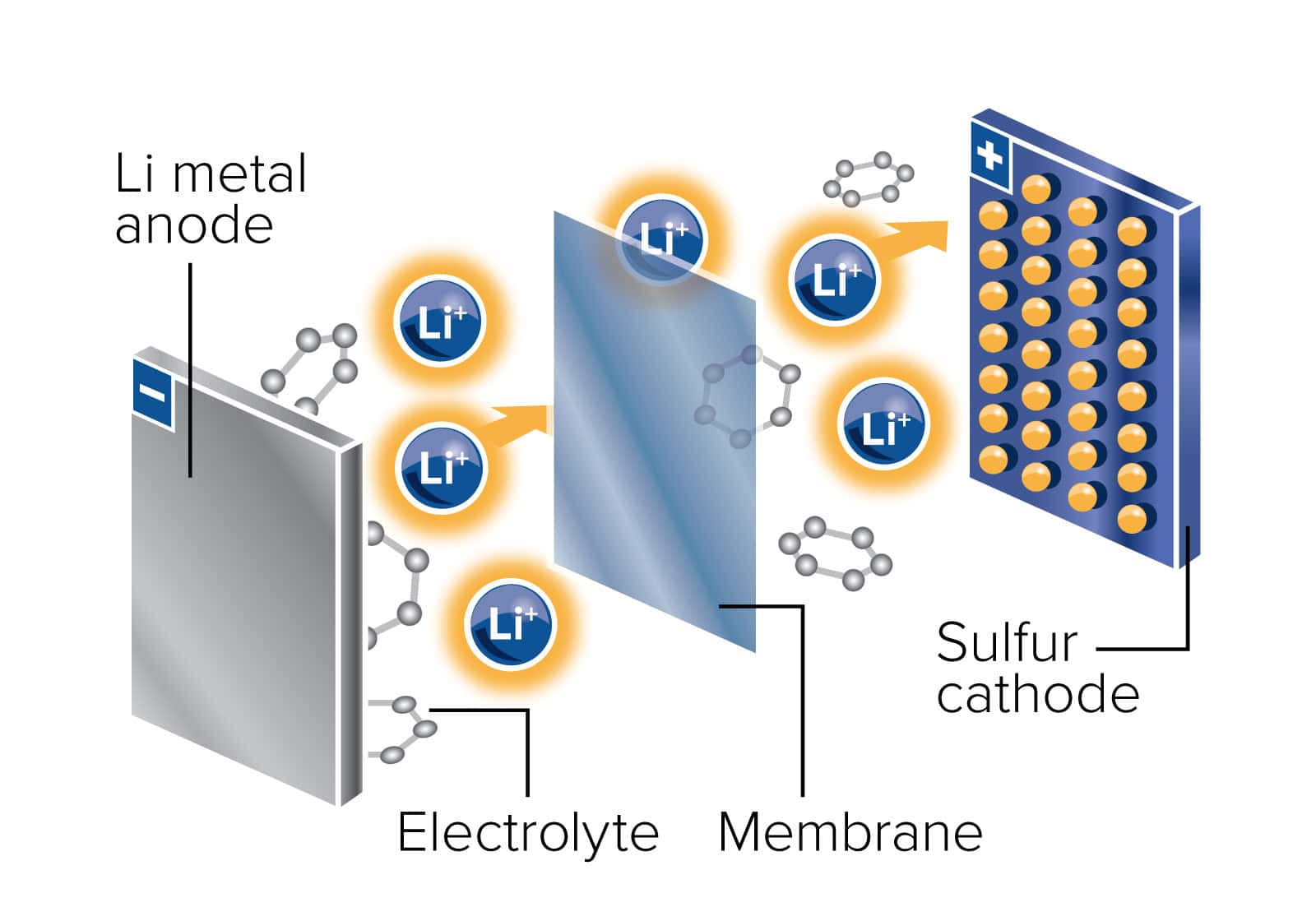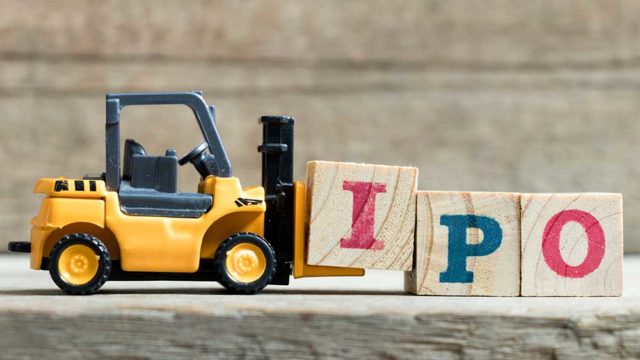
Archer Exploration has decided to focus all its efforts on graphite and spin out its other projects into a new company that will be listed on the ASX.
Following a review of its business, Archer told investors it will pursue an initial public offering and listing of its cobalt, copper, manganese and nickel projects before the end of this year. A prospectus is expected next month.
Shares gained 5 per cent to reach an intra-day high of 10.5c on Thursday.
The company has struck a binding share sale agreement to sell its two subsidiary companies, SA Exploration and Archer Energy & Resources, to newly created Ballista Resources.
Archer will retain 48 million Ballista shares, but chairman Greg English told Stockhead he wasn’t yet sure how much of a stake that would give the company because Ballista still needs to work out how much it is targeting in the IPO.
Archer says it will redistribute some or all of the Ballista shares to its own shareholders via an in-specie distribution.
The recent sale of the Leigh Creek magnesia project and the pending ASX-listing of Ballista will allow Archer to focus on advancing its Advanced Materials business, the company said.
The rapidly expanding lithium-ion battery market is predicted to underpin graphite demand growth of 5 to 7 per cent annually between 2017 and 2027.
Lithium-ion batteries use about 40 times more graphite – used in the anode – than lithium.
Roskill says that by 2027, graphite use in batteries could be five to 10 times higher than the current level, depending on the uptake of lithium-ion batteries in electric vehicles and other applications.
Archer’s priority is taking its Campoona graphite mine in South Australia through to production.
Earlier in July, the company revealed it could shave $14 million off the total cost of the Campoona mine by pursuing a toll treatment deal in North America.
Toll processing is where another company processes the raw material under contract, meaning a miner doesn’t have to build their own processing plant.
Ballista is expected to lodge its IPO prospectus by the end of August.
